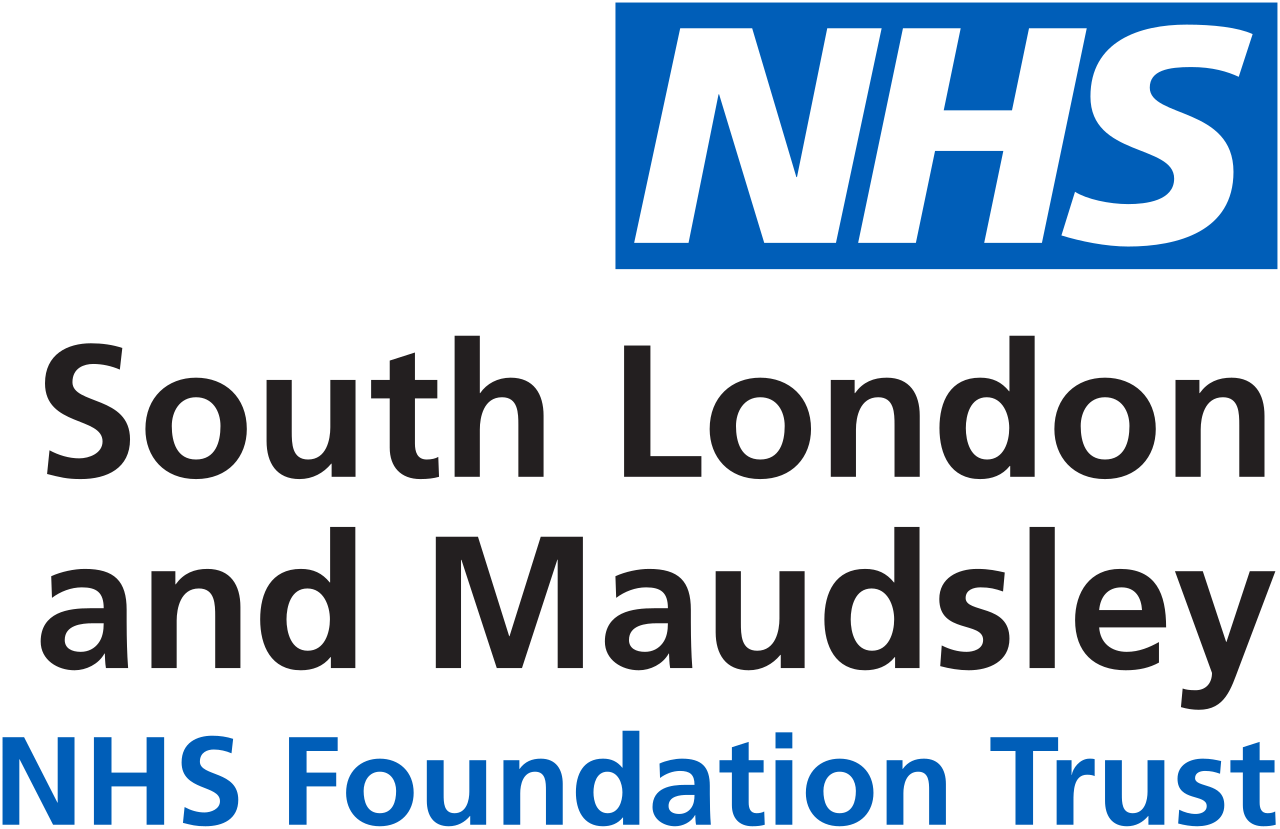Combining smartphone data with electronic health record data to improve phenotyping and outcome prediction in psychotic disorders
The classification of psychotic disorders is based on criterion-based diagnostic systems (such as ICD-10 and DSM-5) which do not necessarily reflect their underlying aetiology and pathophysiology. A more refined characterisation of phenotype at individual patient level could help to improve our understanding of psychotic disorders and develop more effective treatments. There is growing interest in the use of digital technologies to improve health. Sensors built into smartphones can provide data on activity levels, sleep and social interaction in the form of a digital phenotype which could predict adverse clinical outcomes before serious symptoms of mental illness develop. In this study, we aim to combine active and passive smartphone data from participants of the Sleepsight study with clinical data obtained using natural language processing from electronic health records to better characterise psychotic disorders and predict outcomes at individual patient level.

